
Explainer | How Hong Kong protests erupted and what lies ahead for movement marking anniversary on June 9
- A mammoth march morphed into months of clashes between demonstrators and police amid escalating violence
- As the bleak year of 2020 plays out under the spectre of a pandemic, it remains to be seen where the movement will head with a new normal
June 9 last year marked the start of anti-government protests that continued for months, becoming increasingly violent. That day, an estimated 1 million people took to the streets to demonstrate against an extradition bill which would have allowed fugitives to be sent to mainland China and other jurisdictions with which Hong Kong has no exchange arrangement.
The protests became increasingly violent and continued through the rest of 2019. Police responded by firing 16,223 rounds of tear gas, 10,108 rubber bullets, 1,885 sponge grenades, 2,033 beanbag rounds and 19 live bullets between June 2019 and May 2020. A total of 8,981 people were arrested over that period for offences including rioting, common assault and arson.
What sparked the protests in 2019?
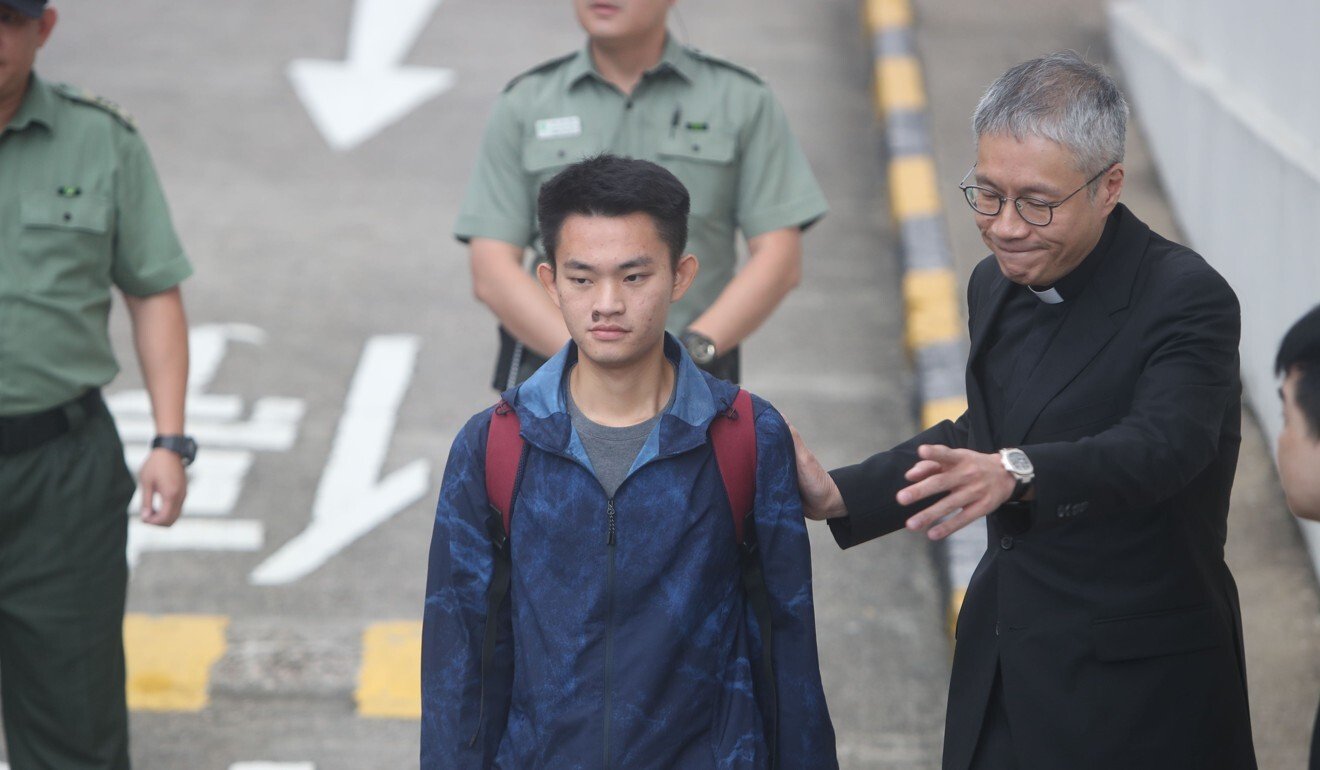
In 2019, the Hong Kong government came up with an extradition bill which, if passed, would have led to Chan being sent to Taiwan. However the bill drew widespread criticism because it also allowed extradition of fugitives to other jurisdictions, including mainland China. Alarmed critics said that could lead to white-collar suspects and others being sent to the mainland, where they would have no guarantee of a fair trial, given the opaque legal system.

What started as largely peaceful street marches and demonstrations against the bill intensified over the second half of 2019, even after the government withdrew the detested piece of legislation.
The protests were marked by increasing violence and vandalism of public property, businesses and banks. Masked, black-clad radicals stormed the legislature, disrupted operations at MTR stations, often trashing facilities, and brought Hong Kong International Airport to a standstill over several days in August, before moving on to occupy university campuses.
Are protests still going on?
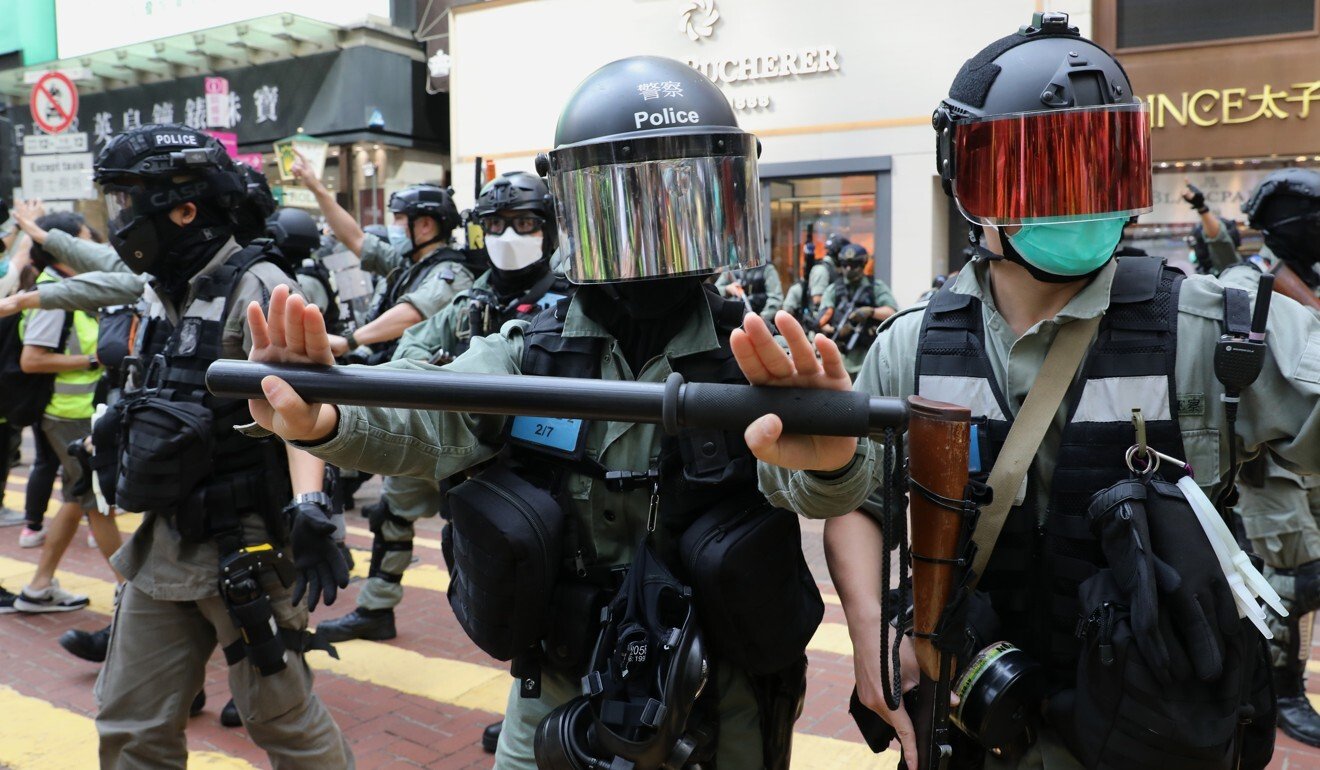
How did the protests gain international attention?
During the social unrest in 2019, protest leaders and pro-democracy figures lobbied western politicians, including in the United States, where they succeeded in gaining bipartisan support. Protesters in Hong Kong were also sometimes seen waving foreign flags, including the US and British flags.
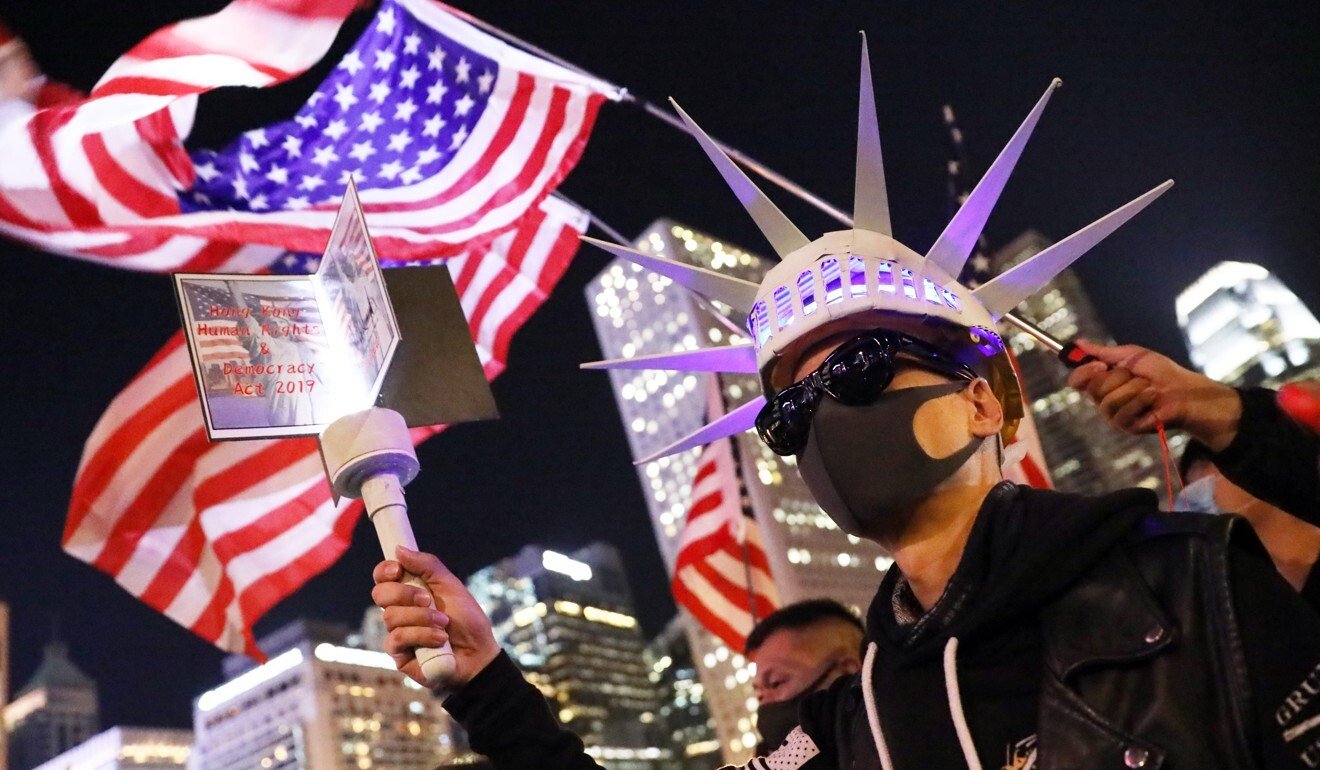
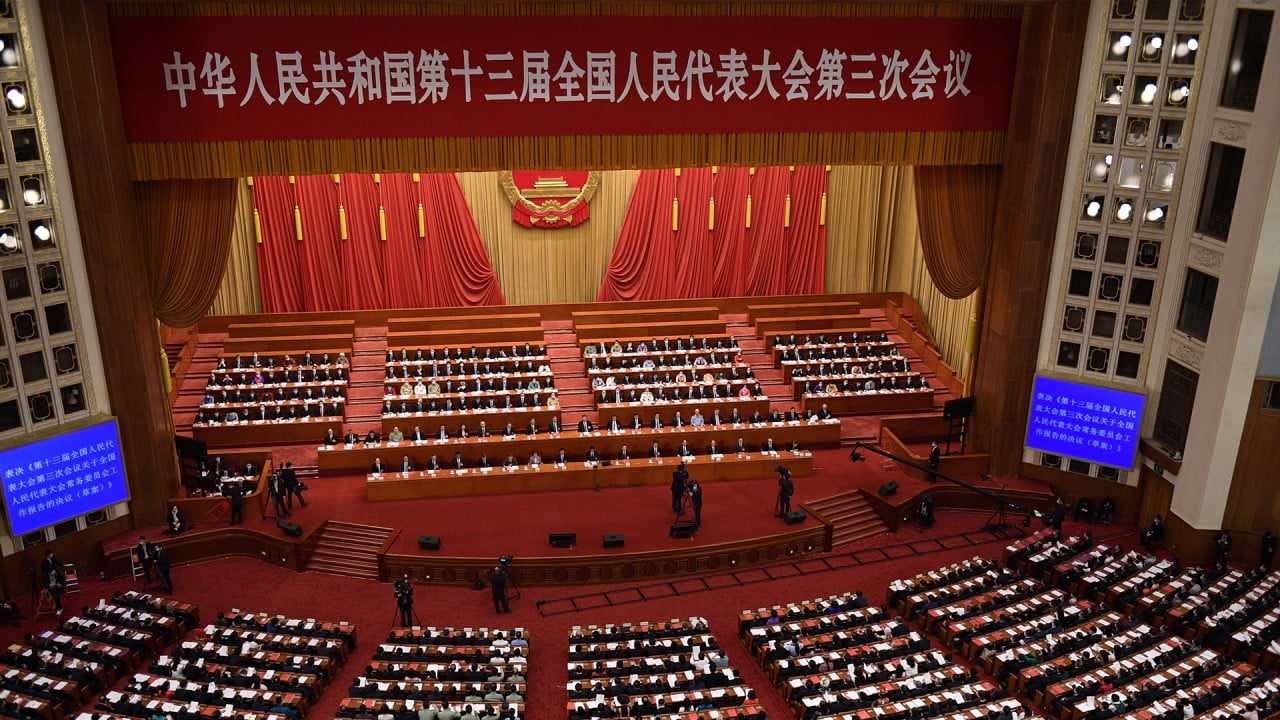
02:33
China’s top legislature approves national security bill for Hong Kong
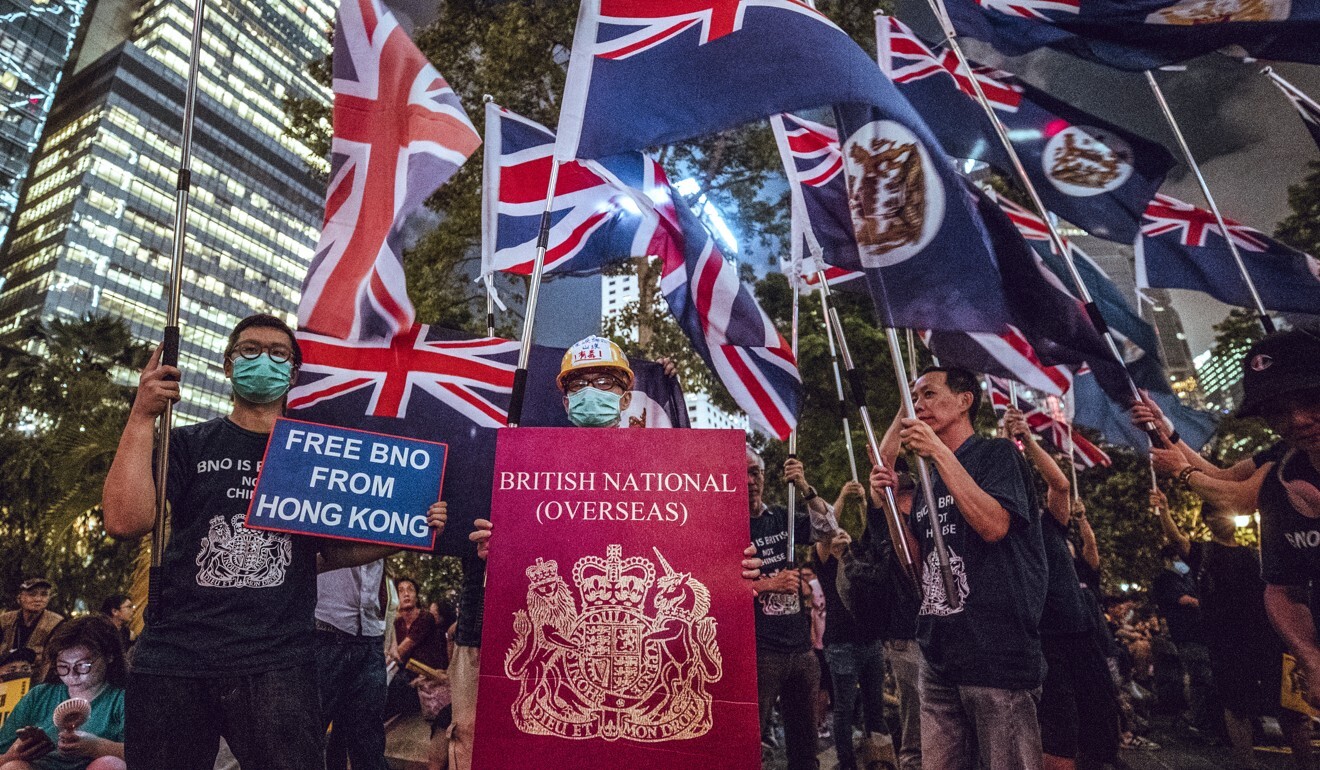
Britain, meanwhile, said the national security law went against the Sino-British Joint Declaration signed in 1984, before Hong Kong was returned to China in 1997. Under the agreement, China’s basic policies regarding Hong Kong would remain unchanged for 50 years after the handover, including promising the city a high degree of autonomy.
Britain has said it will now make it easier for Hongkongers holding British National (Overseas) passports to move there if they wish.
What have the protesters achieved?
Protesters who have returned to the streets since May are often seen holding up their hands with outstretched fingers, reflecting their call for “five demands, not one less”. Through 2019, the movement went from seeking the withdrawal of the extradition bill to also demanding a commission of inquiry to investigate police conduct in the protests; amnesty for those arrested; a halt to characterising the protests as riots; and political reform to give Hong Kong universal suffrage.
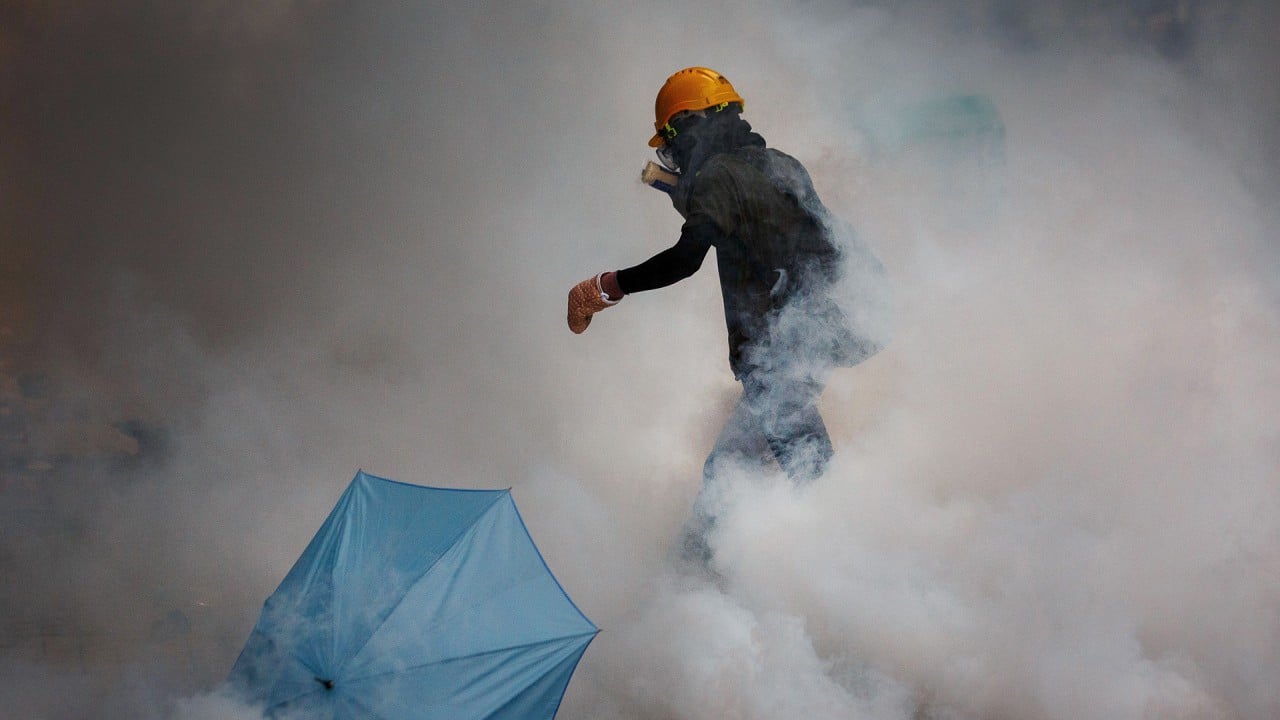
08:47
A year of anti-government protests in Hong Kong
The report was widely criticised by opposition politicians and human-rights watchers.
What lies ahead for the protest movement?
Protesters insist that they will keep up their fight till all their demands have been met. This year they have come up against not only restrictions related to Covid-19, but also a change of tactics by police. Unlike last year when officers waited until violence and mayhem broke out before responding, the force is now pre-empting protesters.

On May 27, protesters were called to action in various parts of Hong Kong, including outside Legco, to disrupt lawmakers from debating the national anthem bill. The protests failed to materialise as police stepped up their presence early, swarming the area around Legco and arresting hundreds of protesters at different locations.
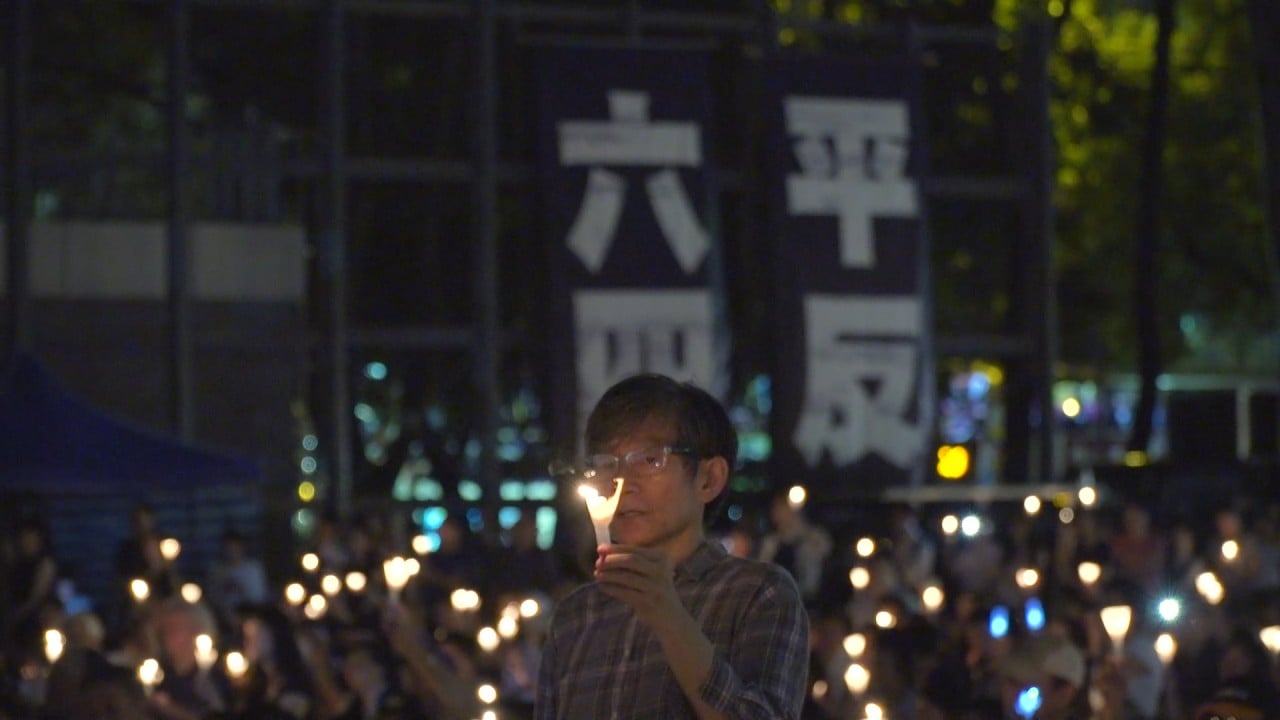
02:18
Coronavirus: Hong Kong Tiananmen vigil organisers can't hold mass gathering due to Covid-19
It is left to be seen if the new national security law by Beijing will affect Hong Kong’s protesters, and how.
Critics expect that the law may be used against protest leaders and their supporters. Beijing has also indicated that when the law is in place, mainland agents may arrive in Hong Kong to help enforce it.











